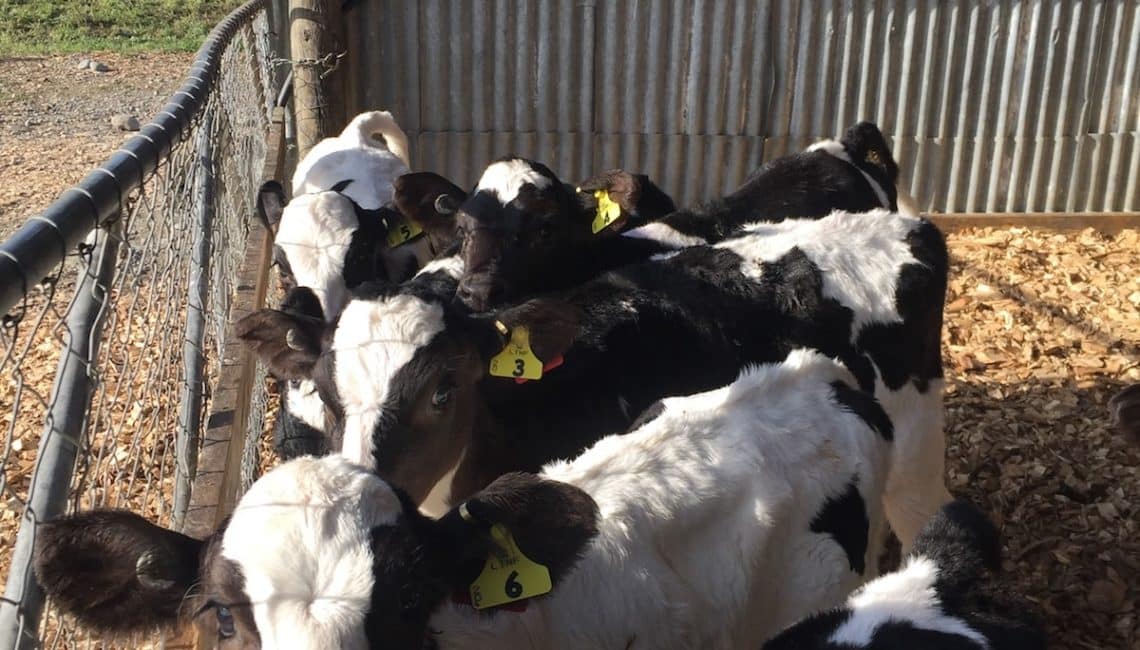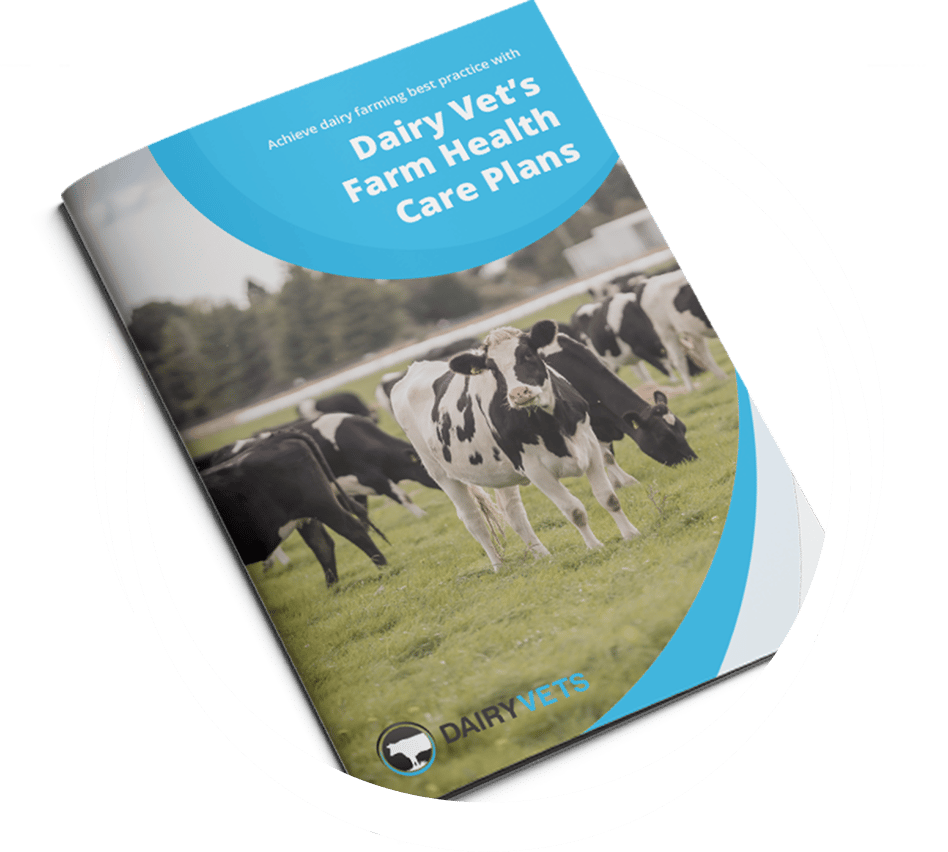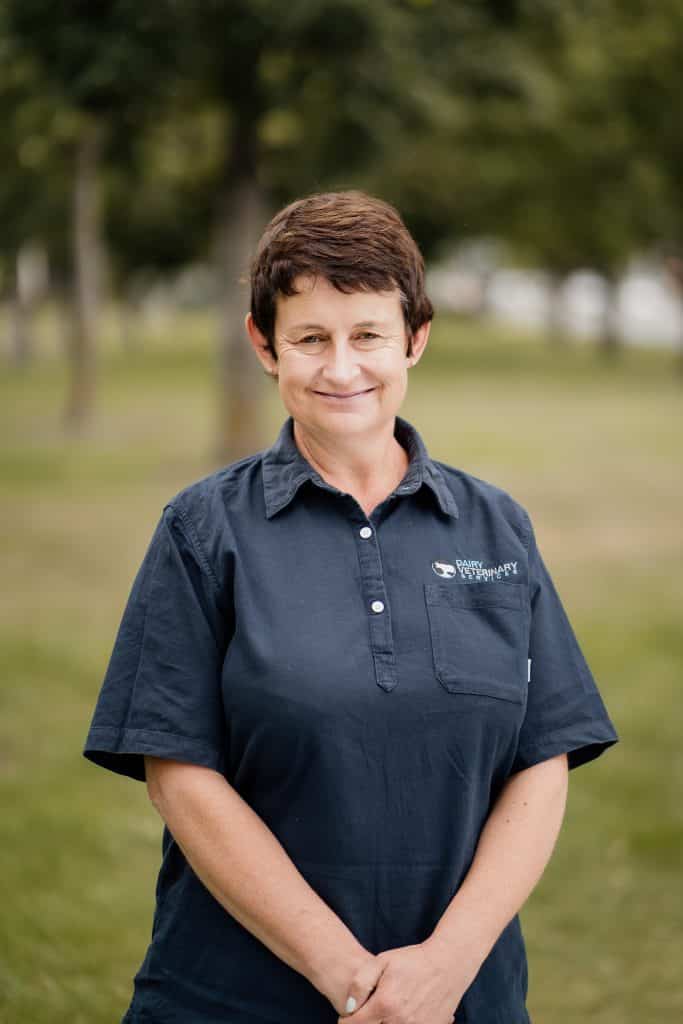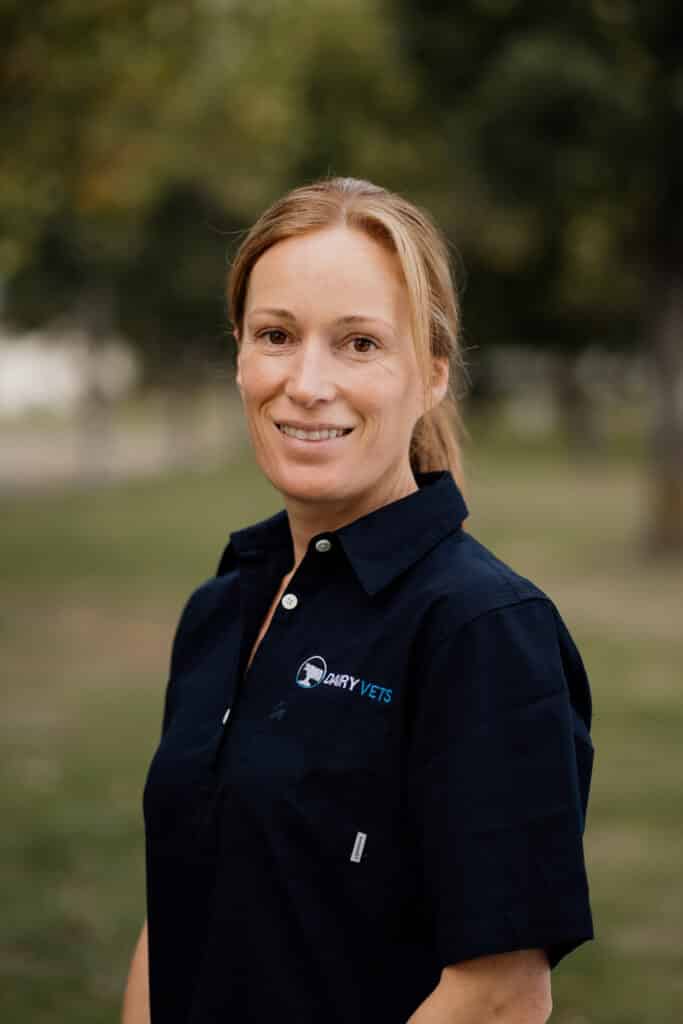- Avoid calving cows on crop – the direct contact with the muddy environment can cause navel infections, scours etc in new born calves
- Calve cows in designated springer paddocks where they are moved daily to prevent the buildup of pathogens in the environment
- Have cows in their springer groups (and on springer diets at home or the runoff) for a minimum of 10 days before they calve … preferably for 14 – 21 days before they are due to calve
- Make sure springer cows are healthy – in the correct BCS, have Se/B12 as they enter the springer group and are checked multiple times each day
- Collect calves 2 times per day if possible and more during bad weather and move them to their own calf pen … fill up pens based on age and don’t overcrowd pens
- Ensure the trailer is clean and free from mud, manure etc – use a rubber mat on any hard metal flooring as this is easier to clean out and keep clean
- Spray navels with a 7 – 10% Iodine/Alcohol based spray when the calves are first picked up and then when they are placed into their pens. Most joint infections and navel infections are the result of poor navel spraying
- Once calves are inside the calf pens – feed in the order of youngest to oldest to stop any bugs etc from transmitting from the oldest to the youngest calves. Make sure any sick calves are treated and placed into quarantine/sick pens ASAP and feed these last …. preferably have these use separate feeding equipment or clean and sterilize well after each use
- If more than 1/3 of calves are sick then leave them in the pen and have this as a sick group
- Develop and follow a colostrum plan for your farm – both for quality and quantity to ensure the calves have the best start possible
Please see below for a link to a calf hygiene video from MSD:

BVSc (Hons) BAgrSc
If you have any questions please feel free to get in touch with us at info@dairyvets.co.nz


















